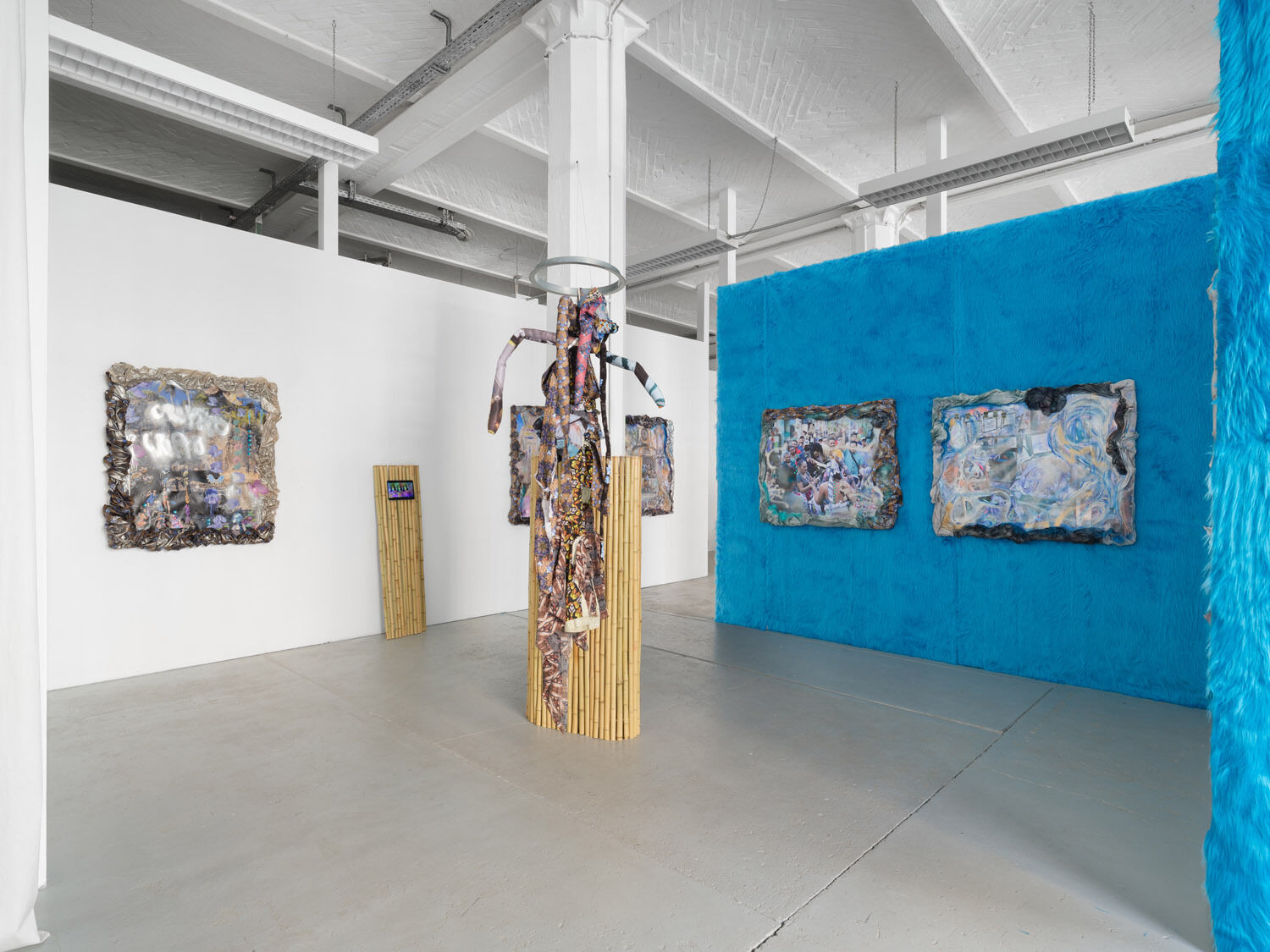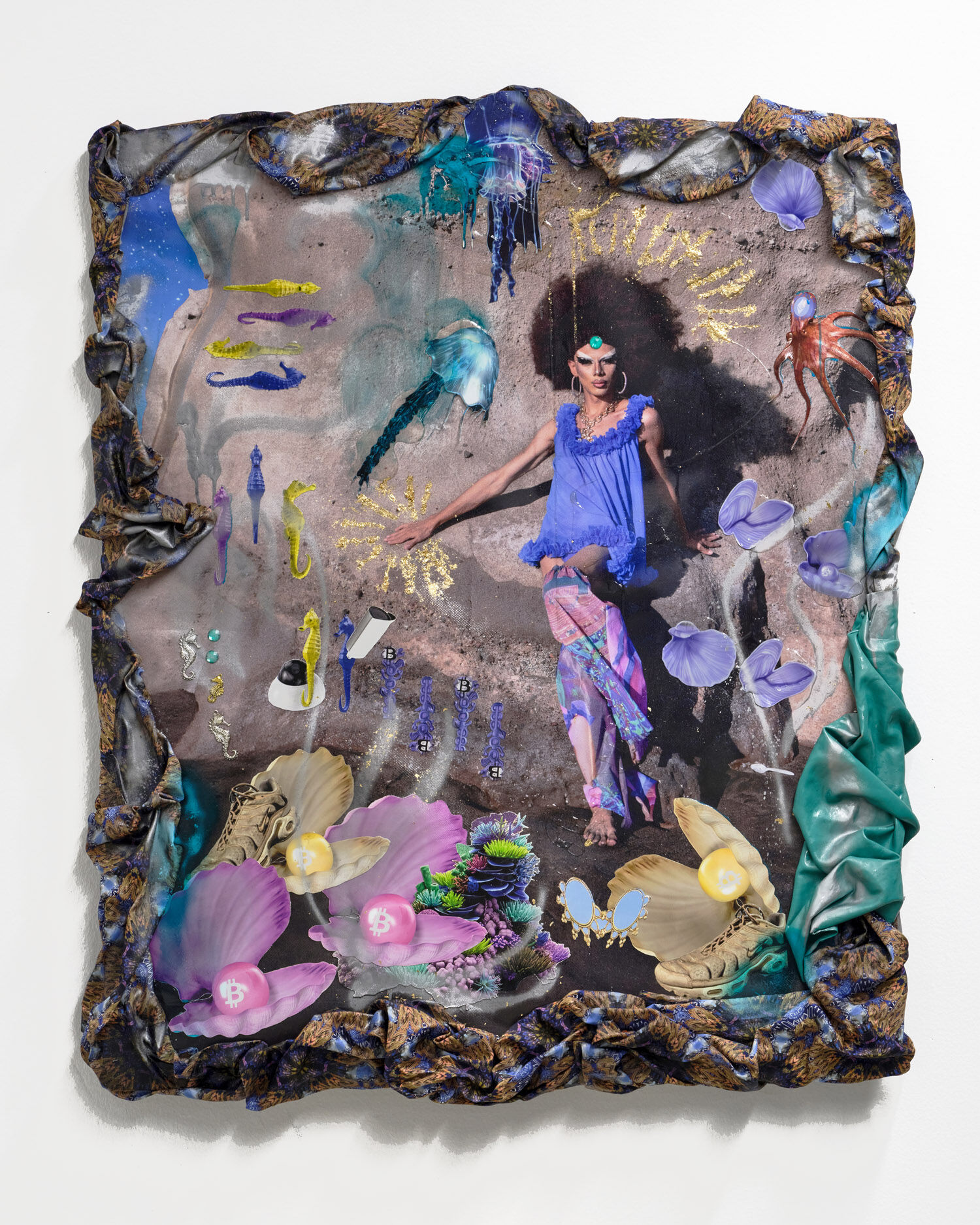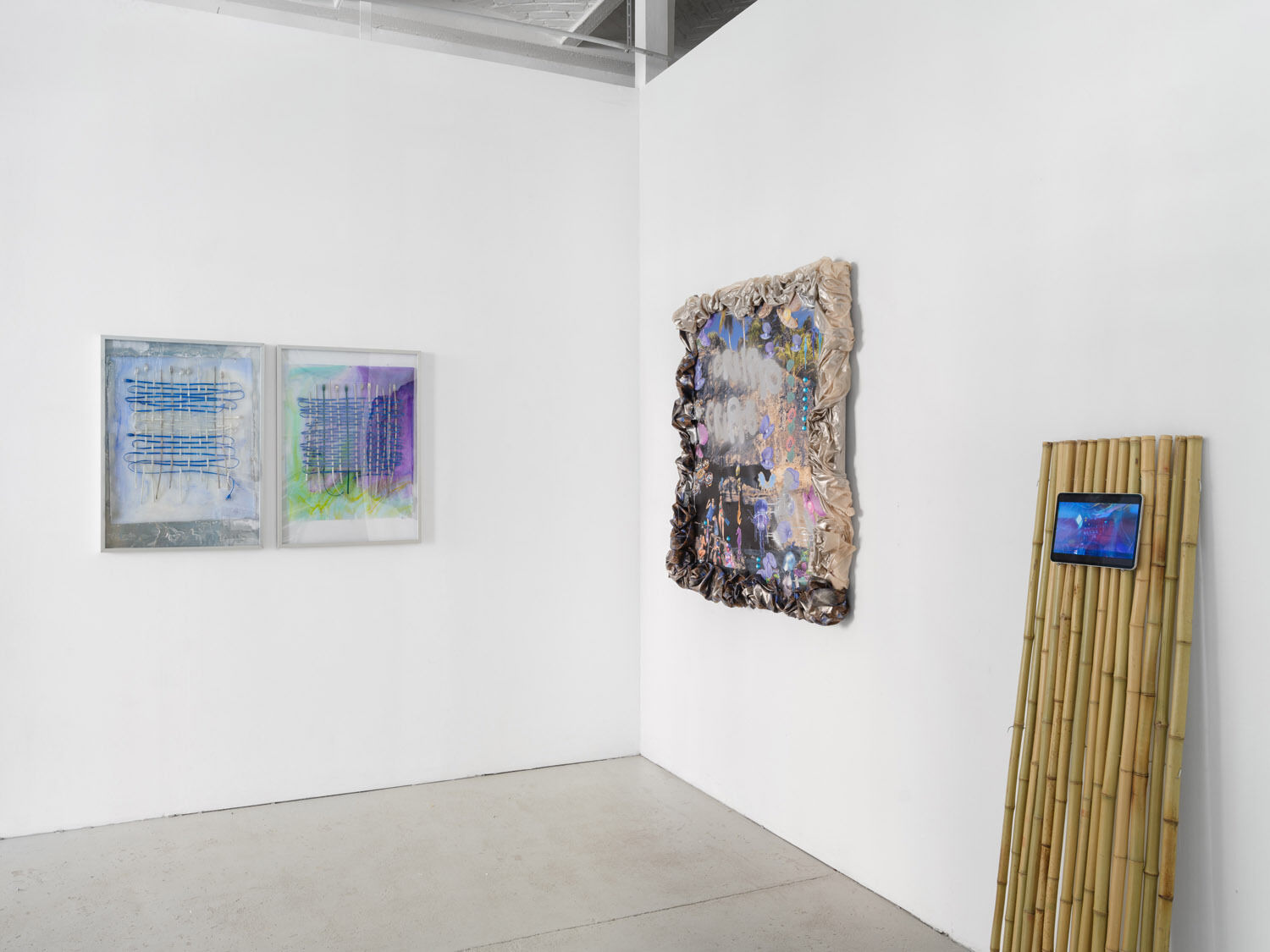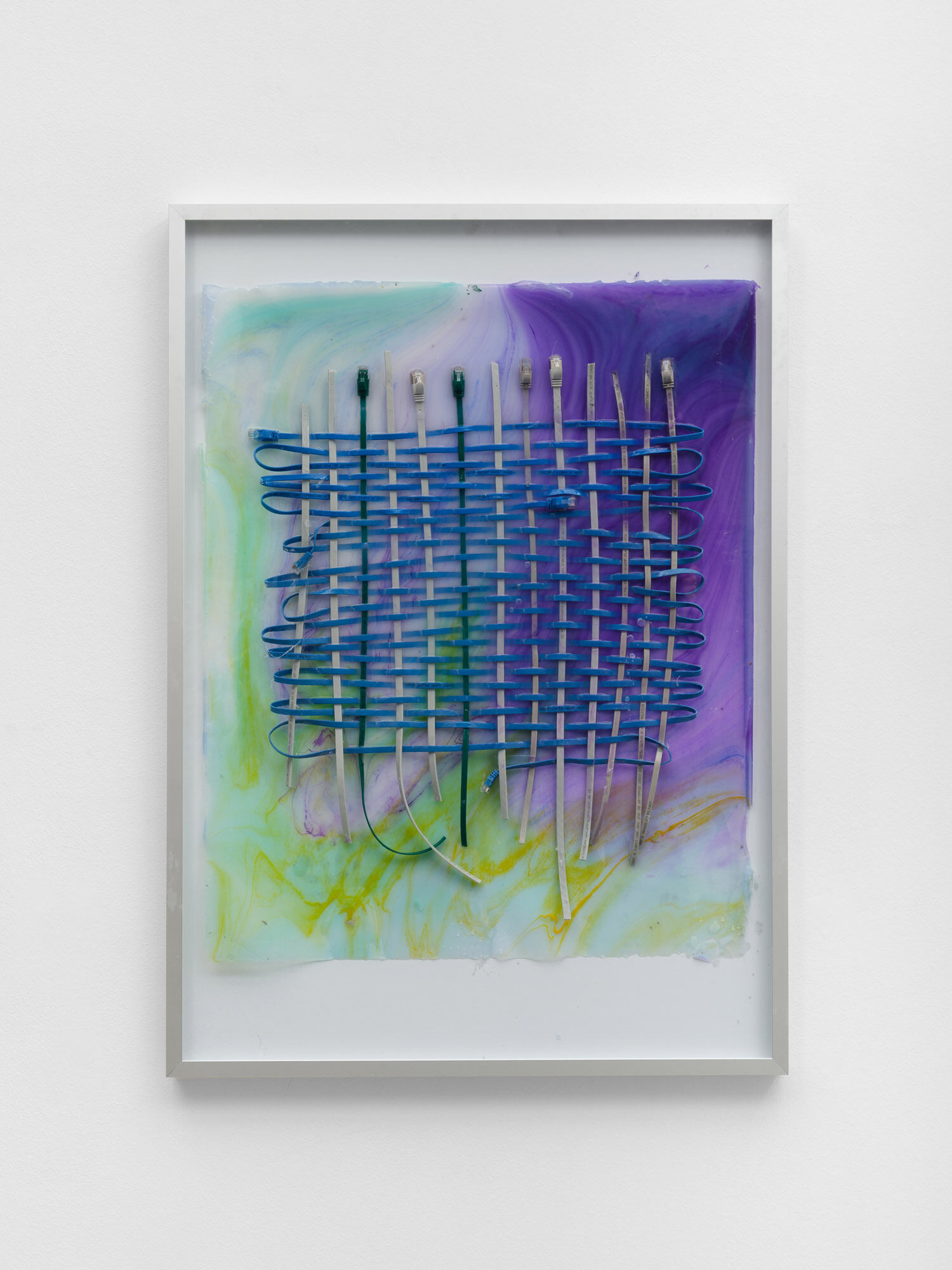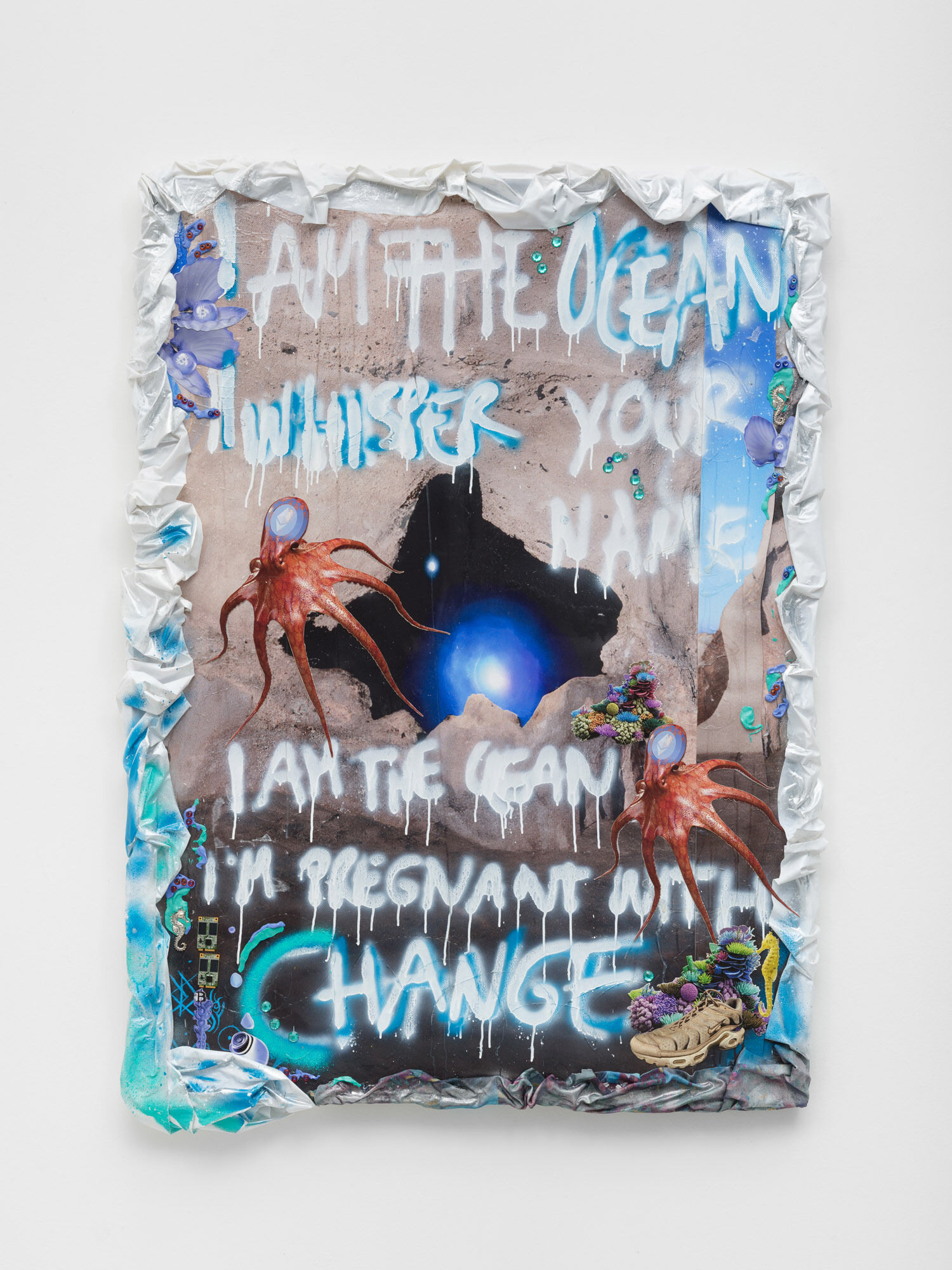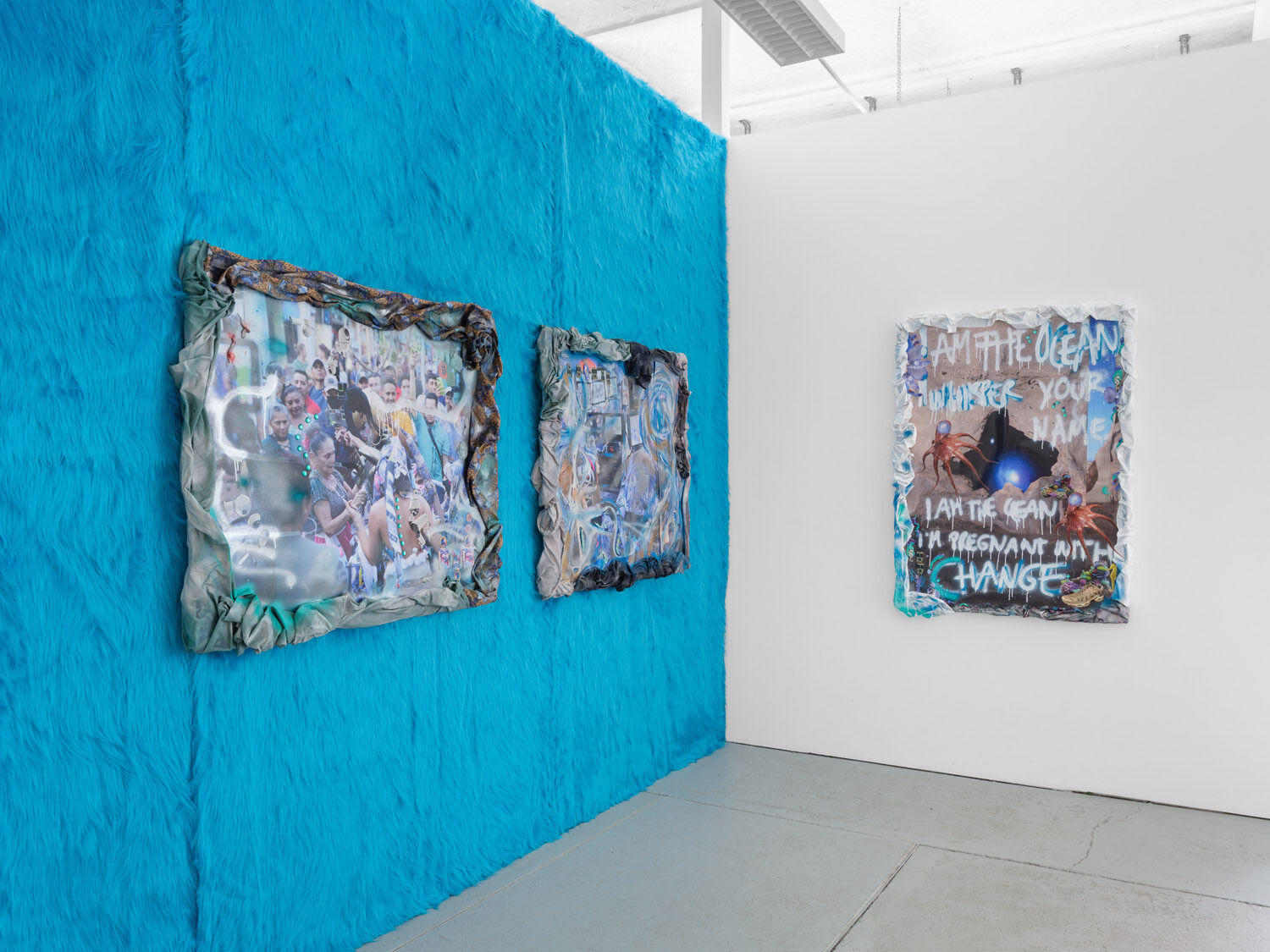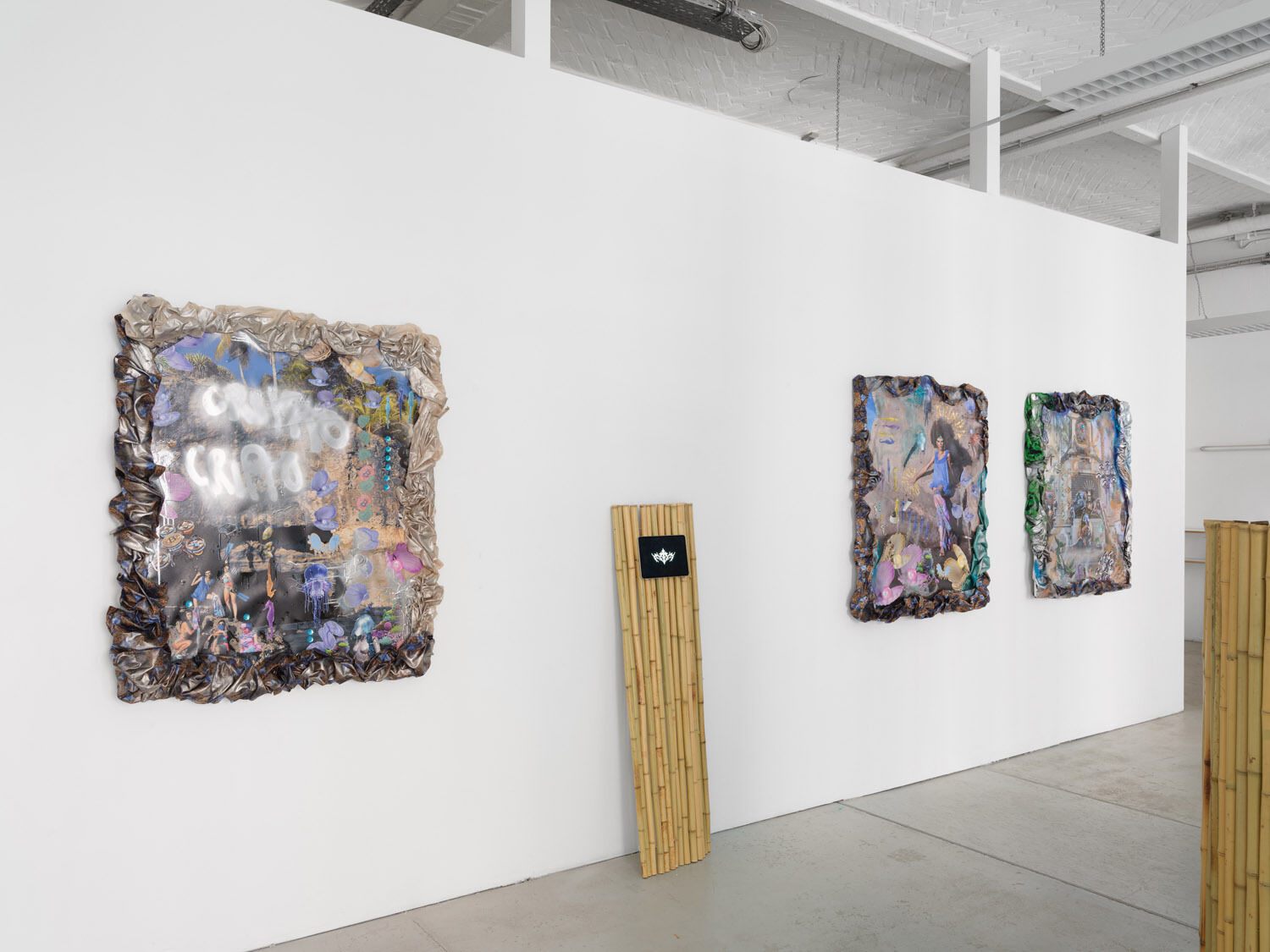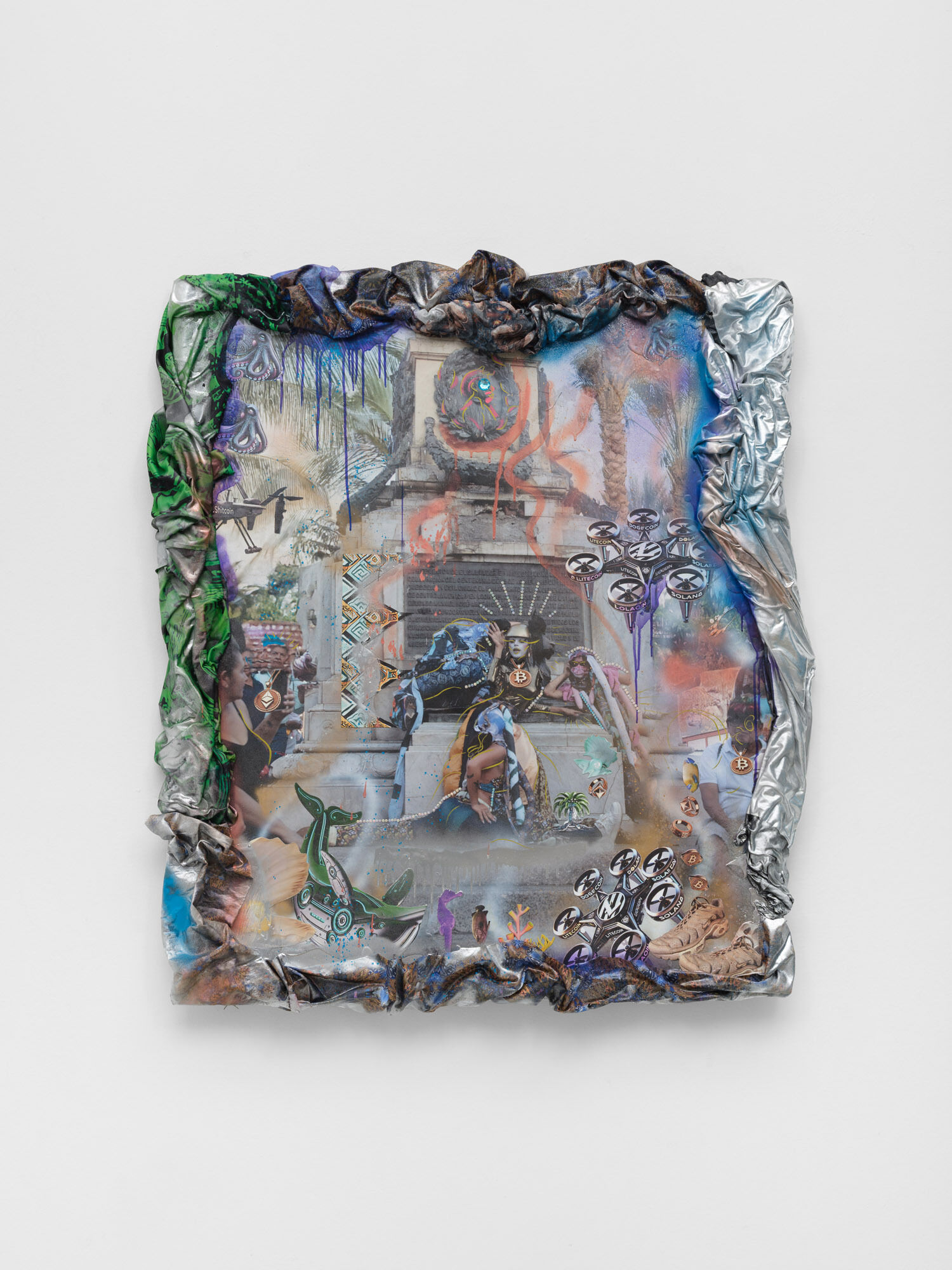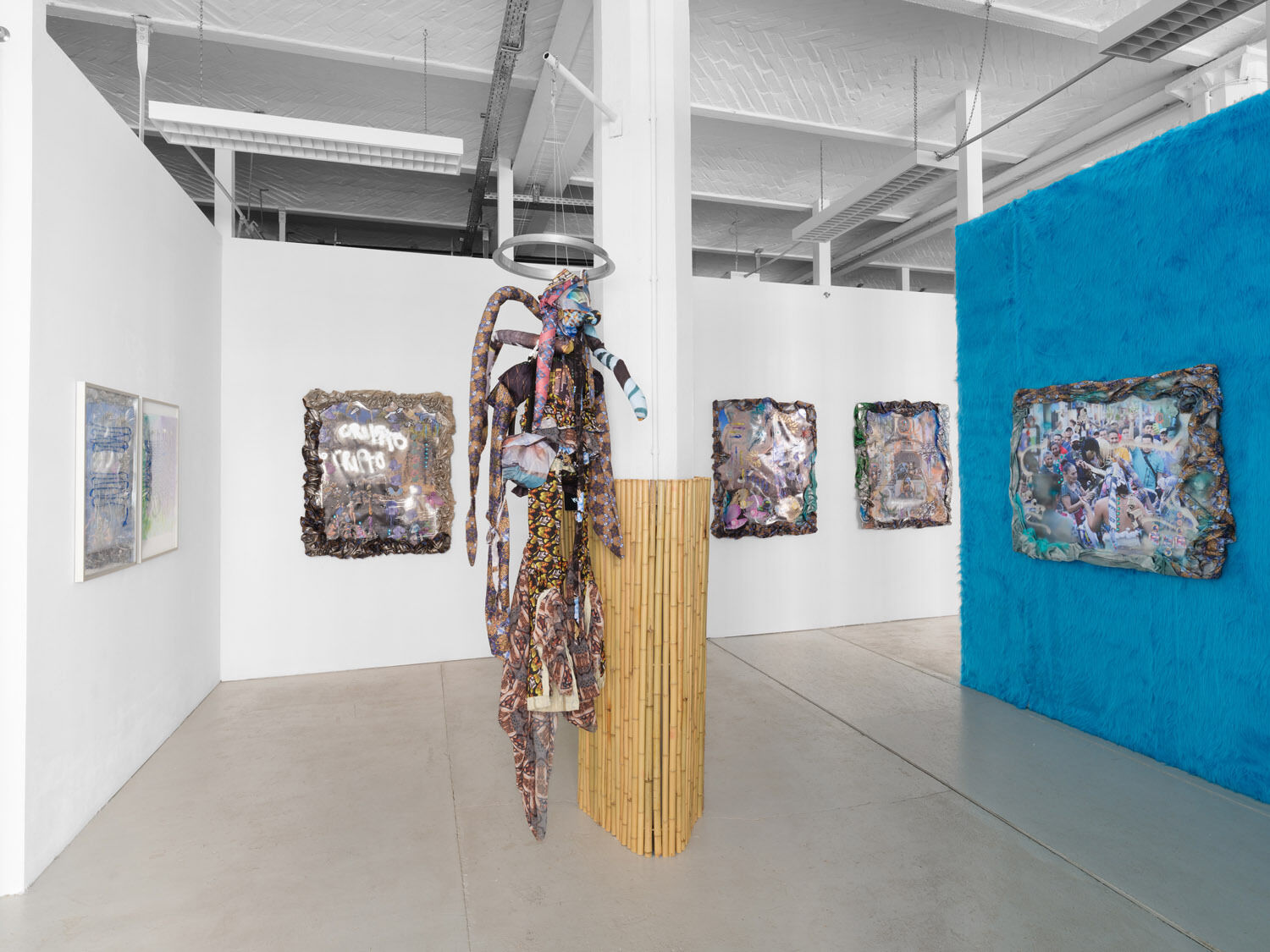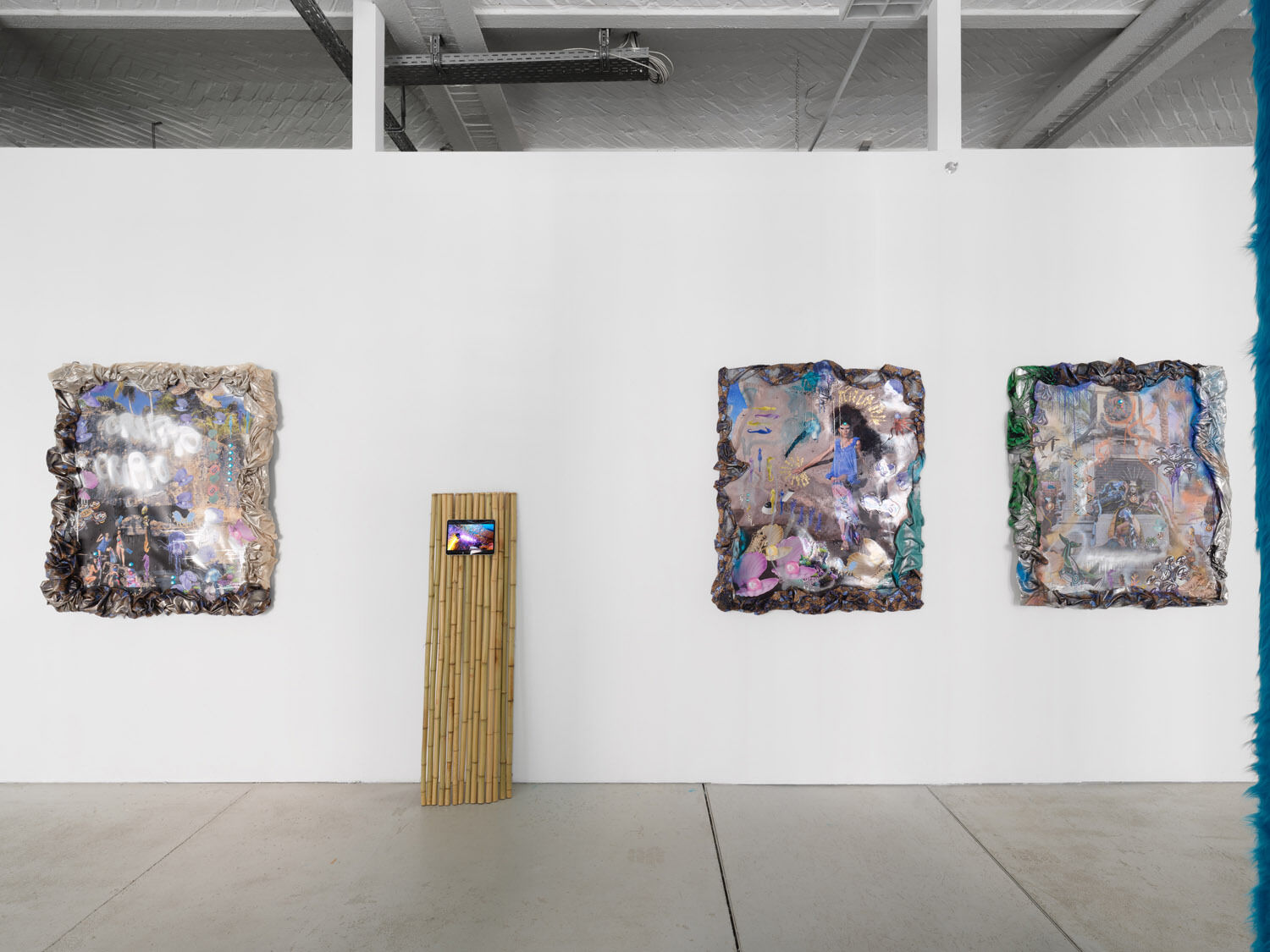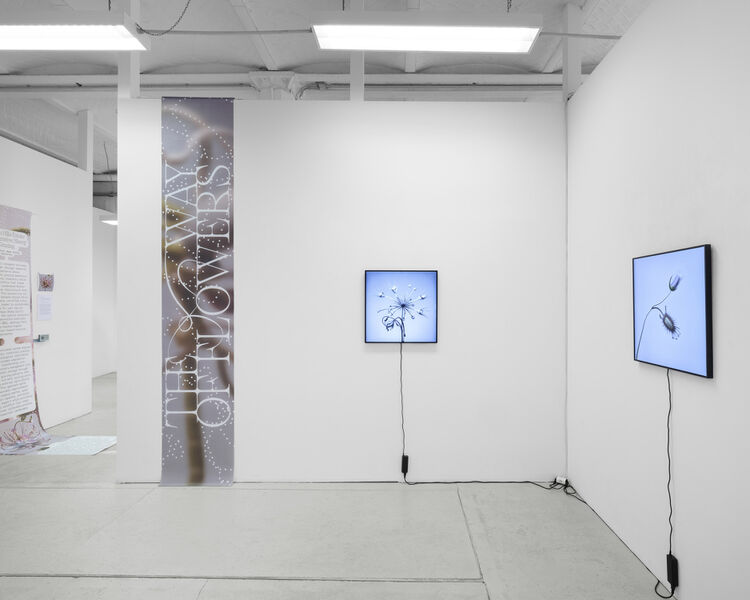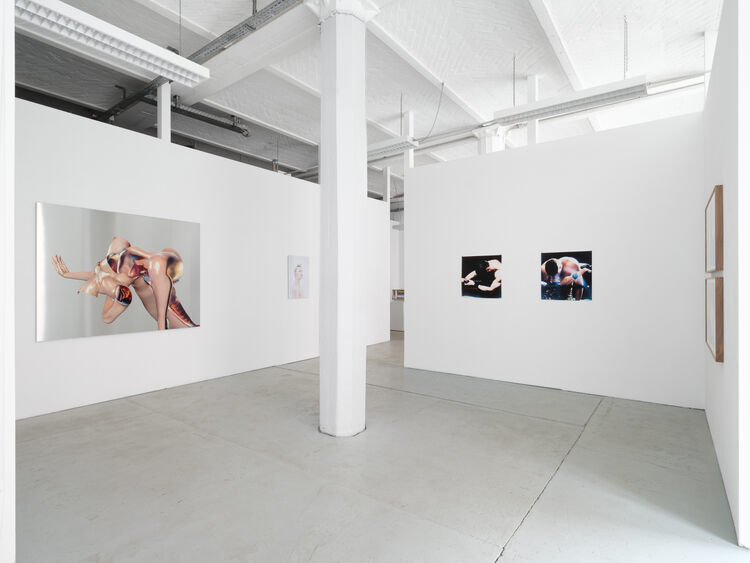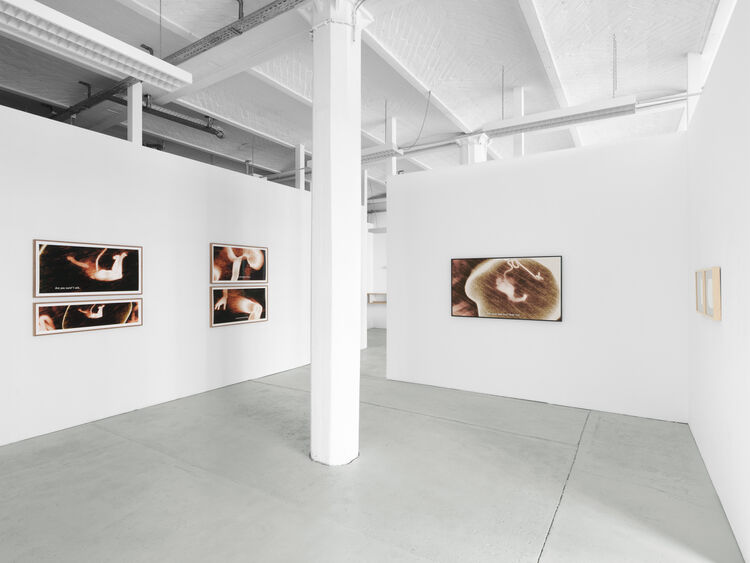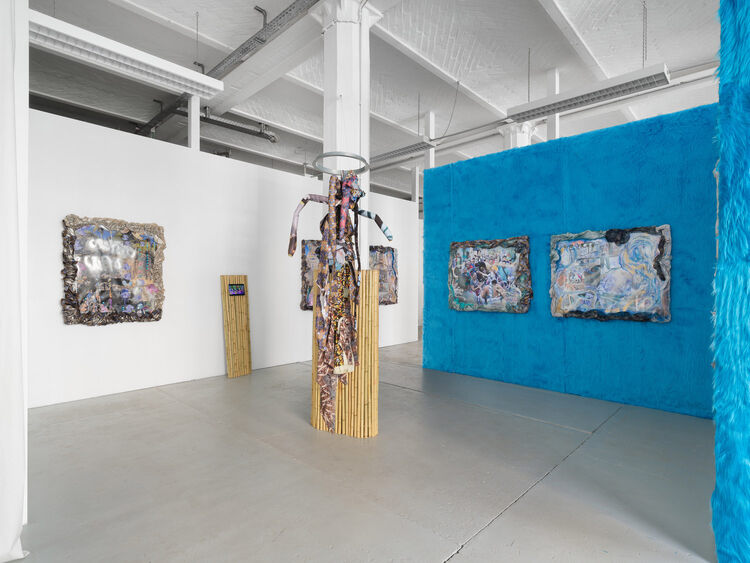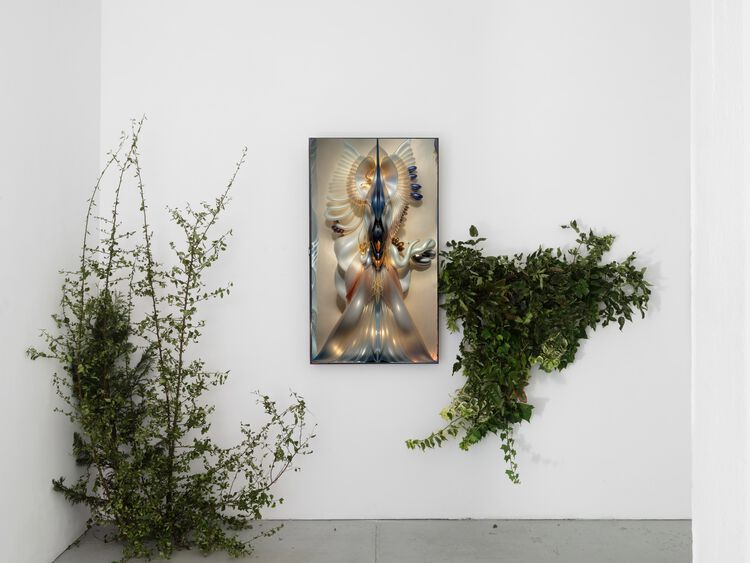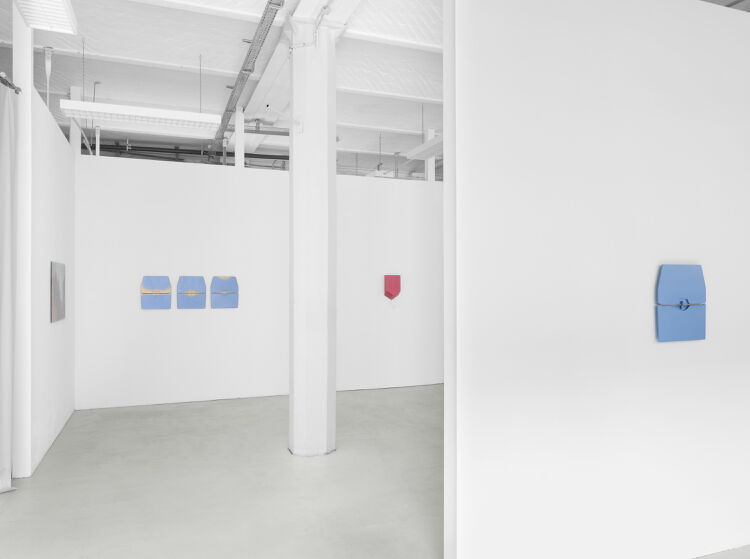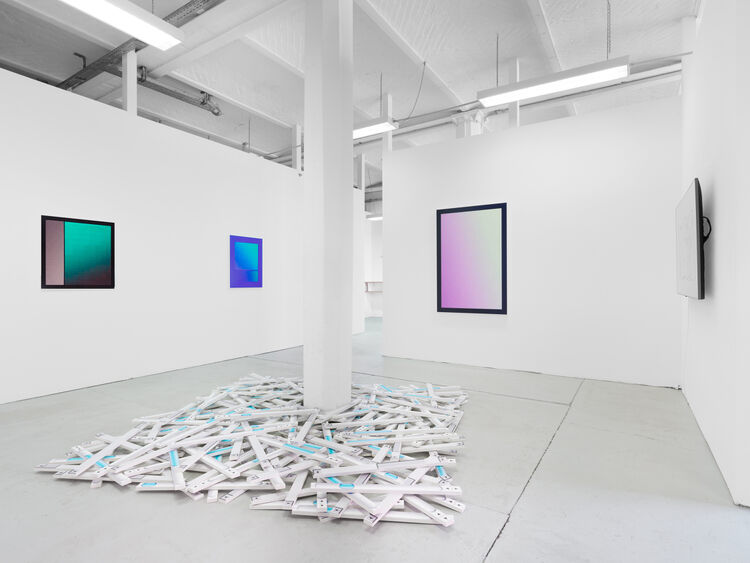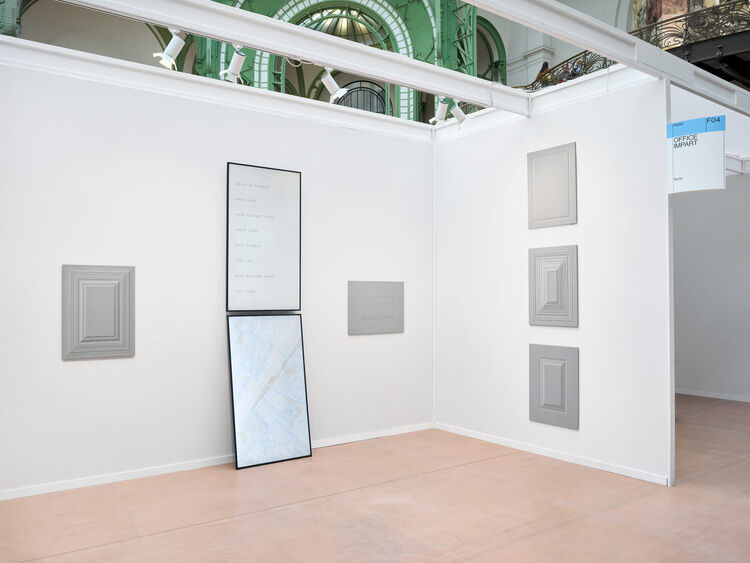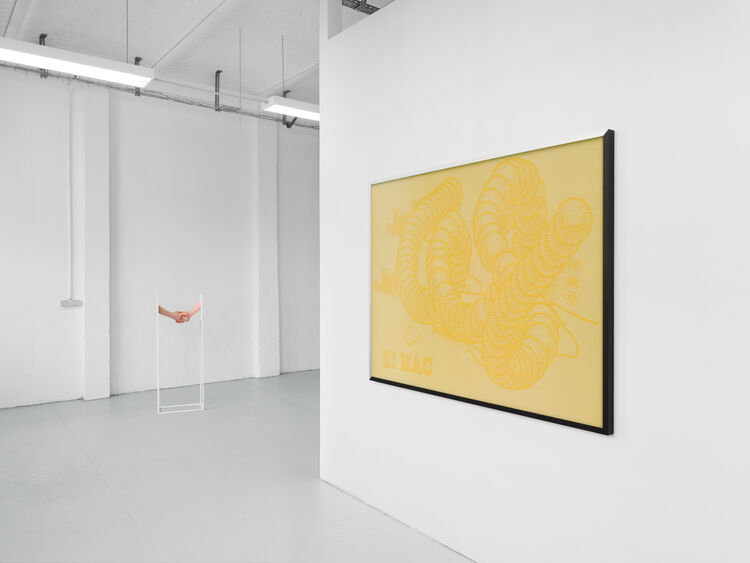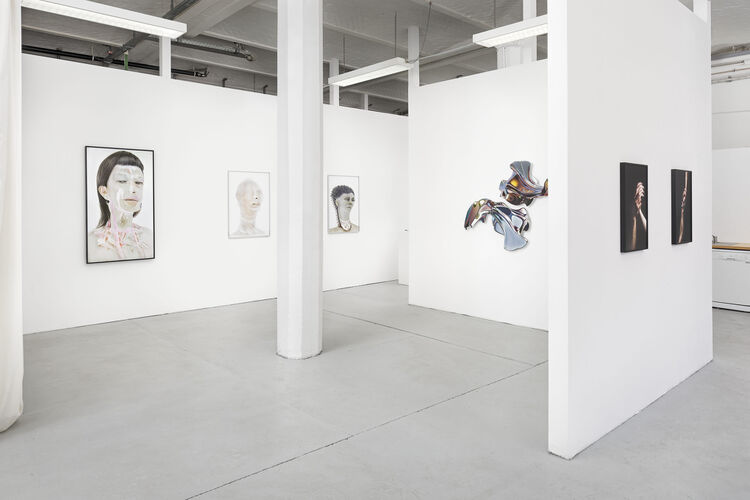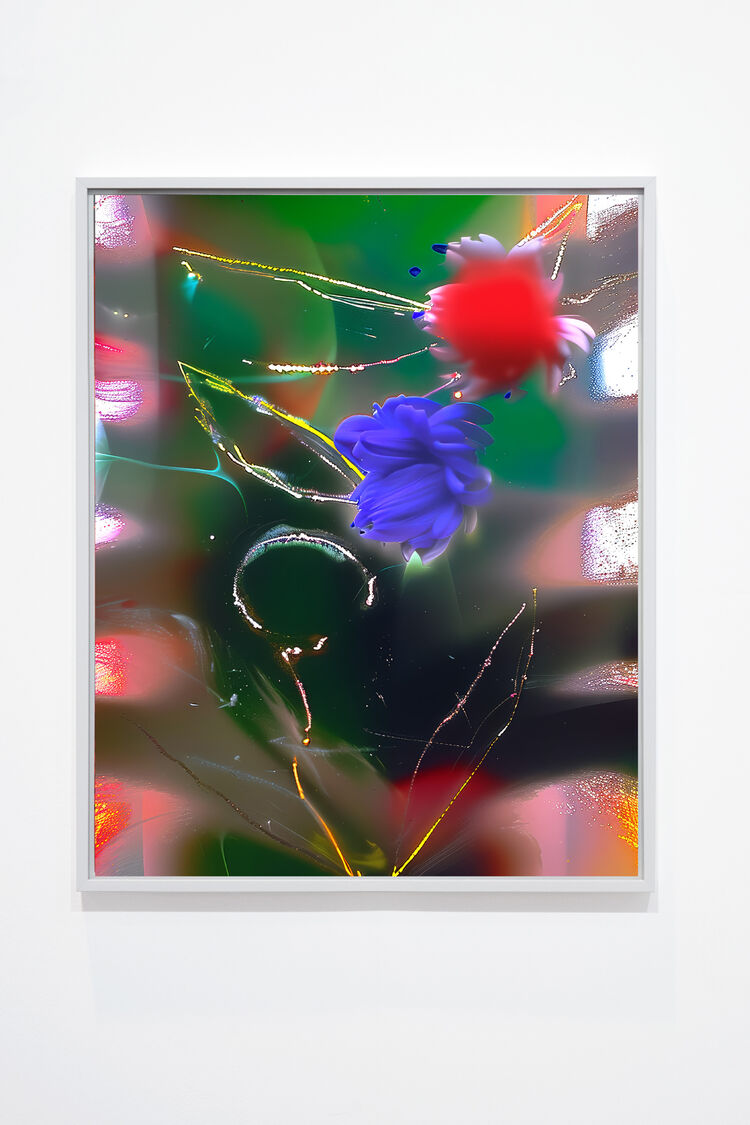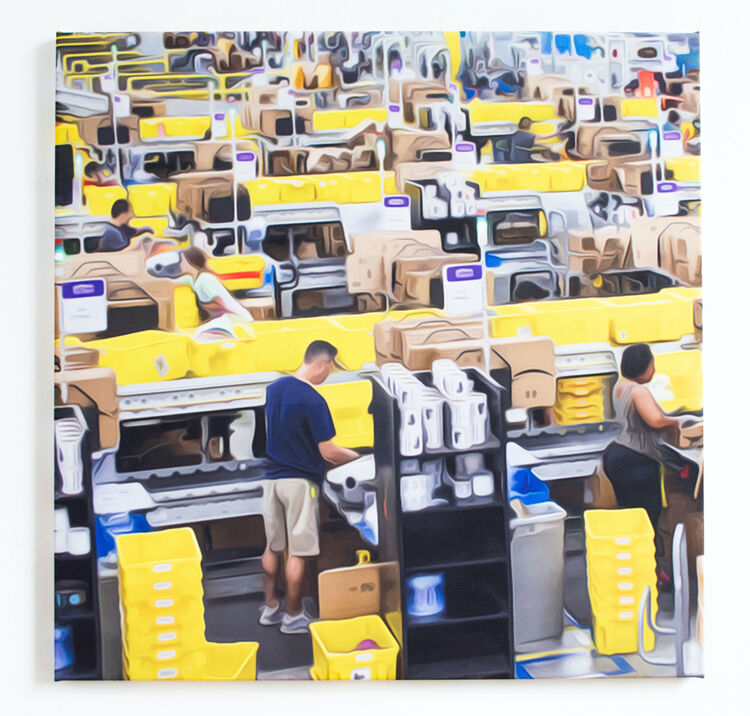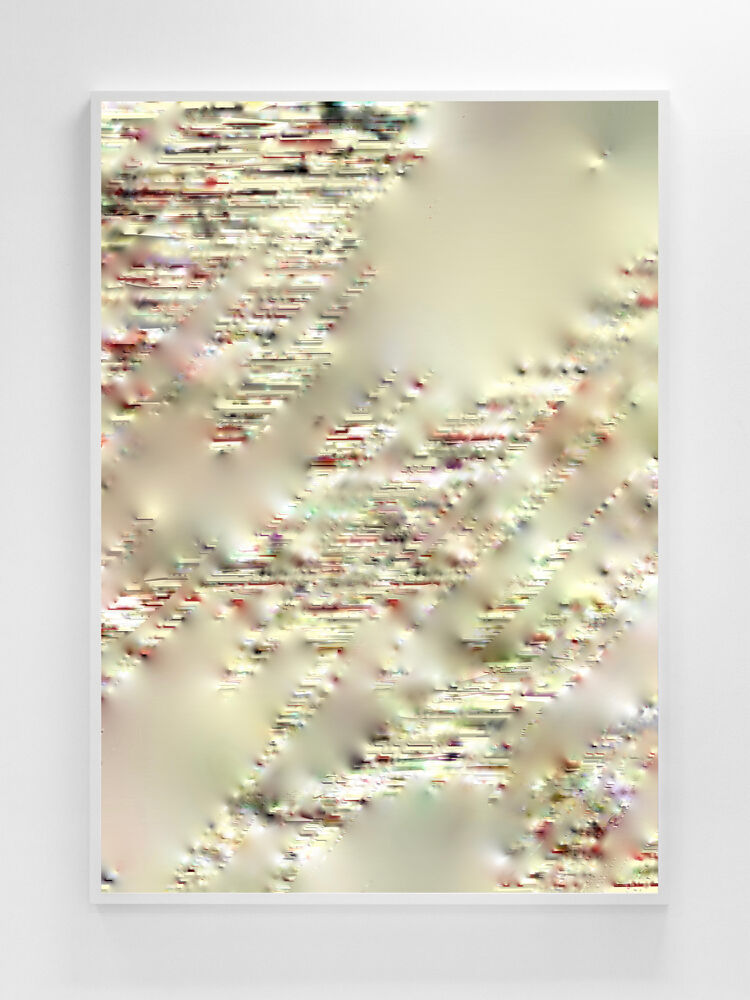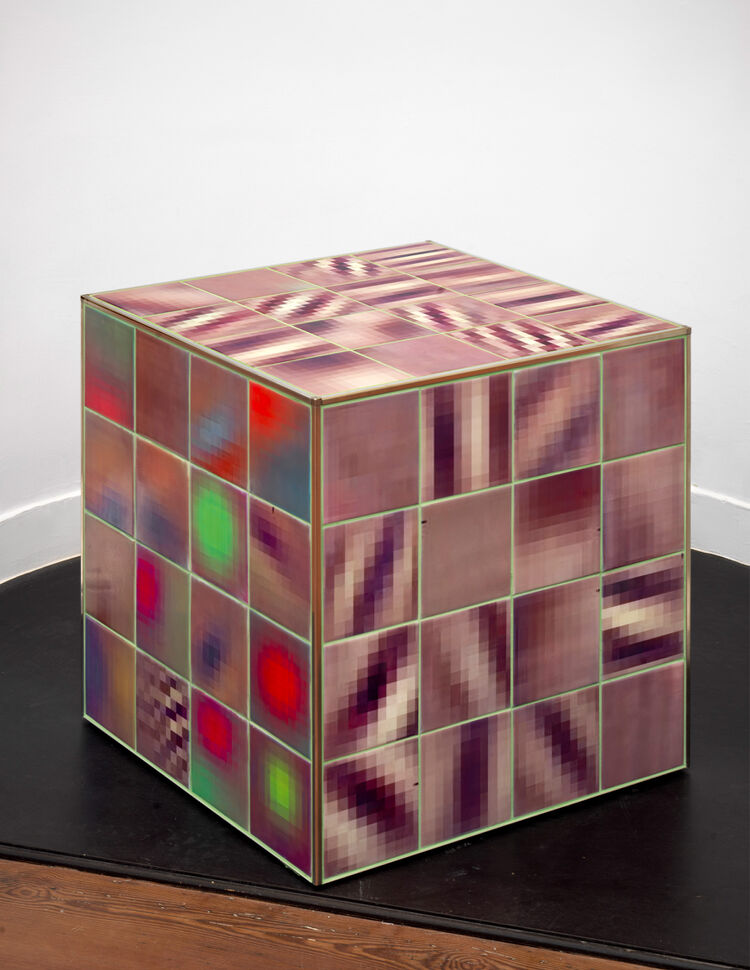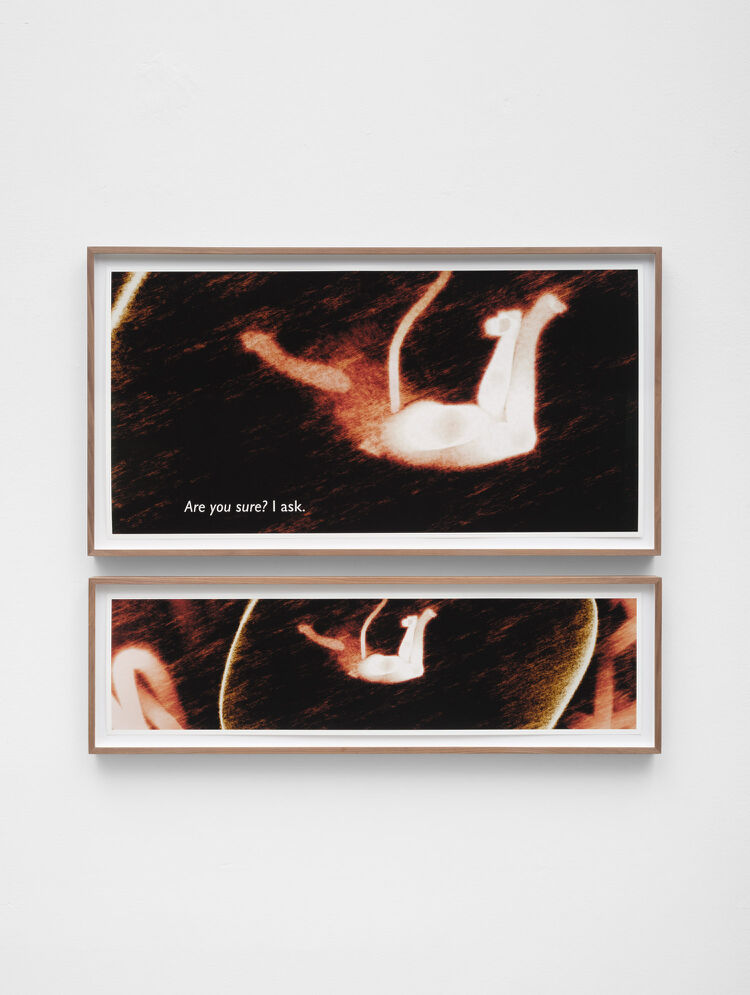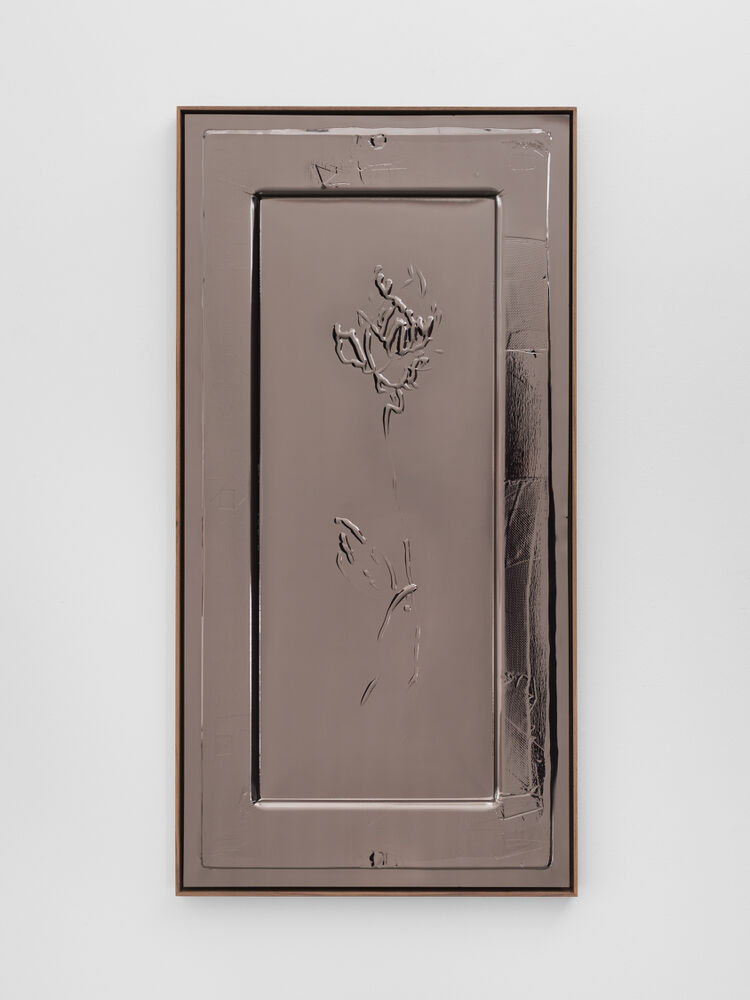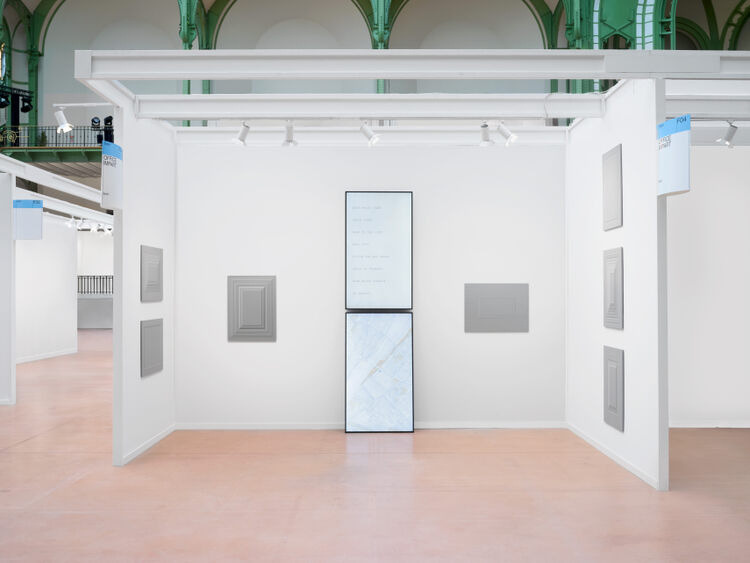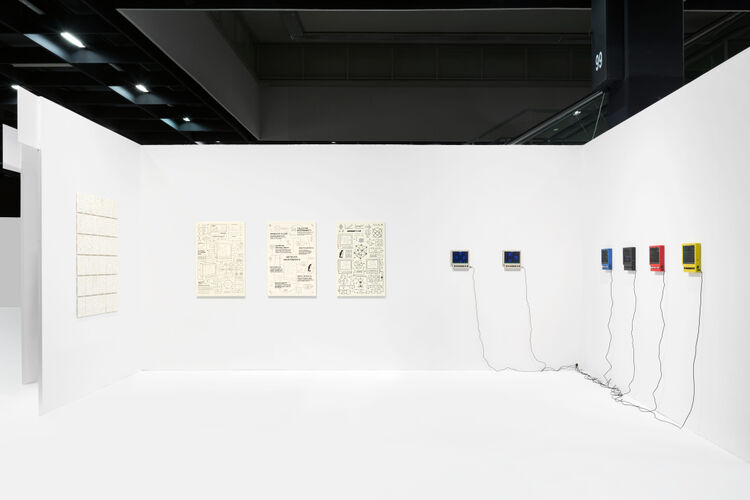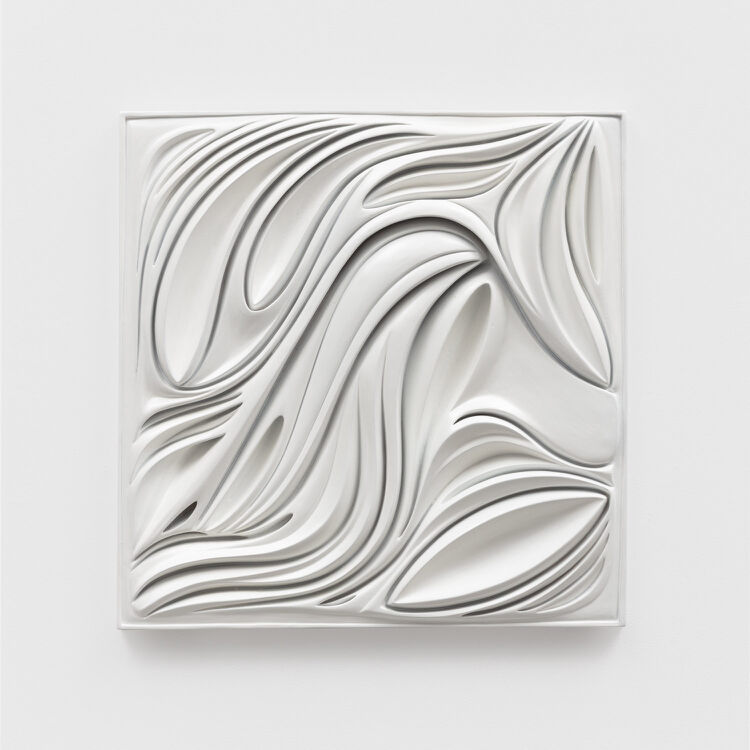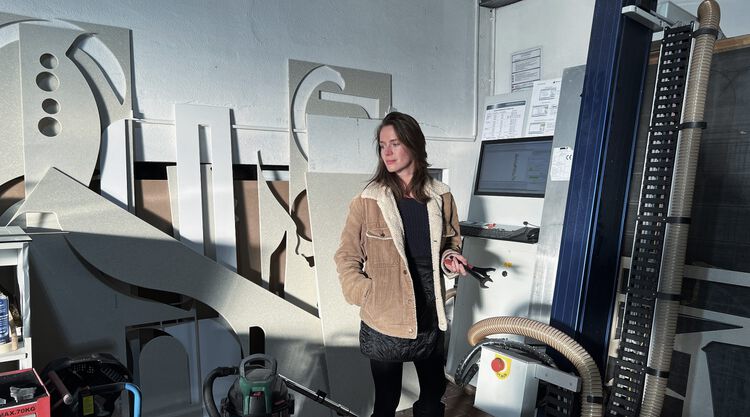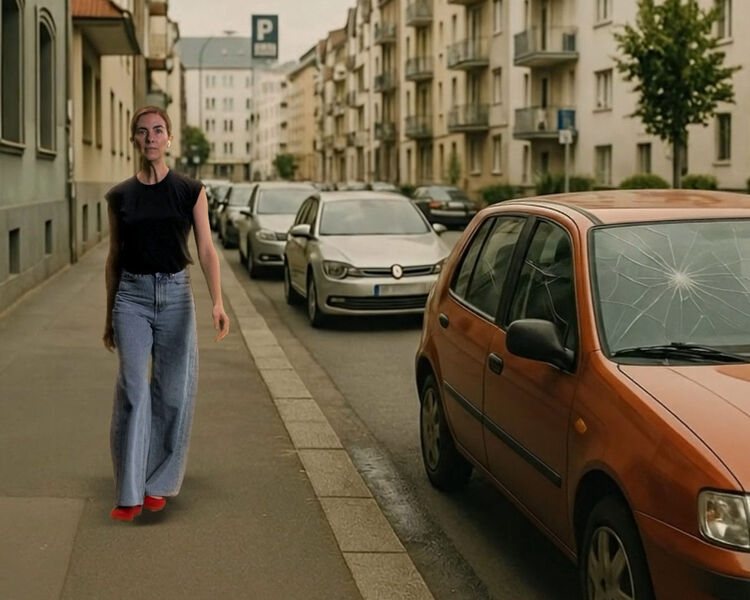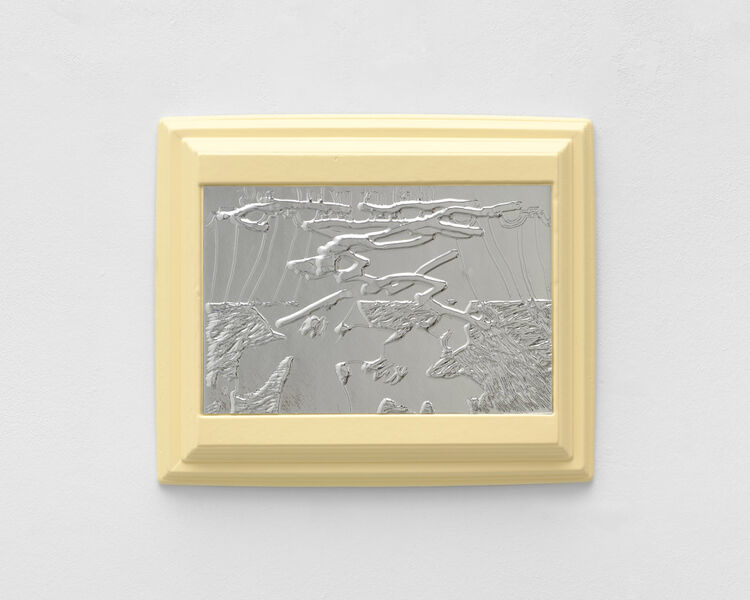Anna Ehrenstein - Cripto Sirenas
Anna Ehrenstein
Cripto Sirenas
und Sunny Pfalzer, Lucy Tomasino, Alexa Evangelista und Josh Davila
30.43. – 20.06.2024
“In the shadowy corridors of El Liberador, the company BETA wielded its power with an insidious technological grasp. They had substituted the fossilized state decades ago in companionship with the additional big tech giants. Mandating brain-to-computer interfaces (BCI’s) for all citizens, BETA seamlessly integrated neural implants that not only connected minds to the digital realm but also served as monitors of thought and speech. Any deviation from BETA's approved discourse triggered an automatic correction within the citizens' minds, eradicating dissenting ideas and ensuring unwavering compliance with the company's policies. Citizens who couldn't afford the regular BCI updates found themselves relegated to the societal fringes, their neural implants reminiscent of outdated software in a world far beyond their reach. Like living relics of a bygone era, these individuals became the analog remnants of a society relentlessly racing towards complete digitization. DO YOU WANT THE TOTAL DIGITIZATION?“
For her newest work cycle Cripto Sirenas Anna Ehrenstein teamed up with austrian artist Sunny Pfalzer and the San Salvador based artists Lucy Tomasino and Alexa Evangelista, as well as the web3 researcher Josh Davila. Cripto Sirenas is collaborative sci-fi fable and multi-media worldbuilding venture centered around a collaborative 360° video work and extending through installation, sculptures and mixed-media photographic works. The cycle speculates on tech-solutionism, totalitarian algorithms, and their impact on our bodies through an eco- or hydro-feminist lens, rethinking crypto-colonialist extractivism through the interconnectedness of bodies of water.
Developed collaboratively in El Salvador, the video work follows a narrative created in somatic writing sessions between the artists and in conversation with crypto researcher Joshua Davila (author of Blockchain Radicals). 360° footage of the artists performing in public urban spaces and remote natural locations, choreographed by Pfalzer, is juxtaposed with computer-generated imagery, fictioning a future ecology between the digital and physical, artifice and what is conceptualized as “nature” by tech-solutionists. In their vision of the near future, the imaginary country El Liberador is ruled by an authoritarian tech-solutionist president, who is also the CEO of the country’s biggest tech firm, Beta. In this crypto-liberal, low-tax, and small-government state, law is replaced by Beta’s company policy, enforced via state-mandated neural implants. Locals, especially those who cannot afford the newest neural hardware, become as obsolete as outdated tech and are displaced by a swarm of international and affluent tech professionals attracted by the state's free market politics. Pushed out of their cities, now remodeled to fit the needs of this new agile and highly mobile class, they dwell at the margins. Technology that once promised progress and freedom now demands servitude and conformity. Against this bleak outlook, the artists conjure a crypto bailarina in drag who gets lost in the chain, manifests as a multifaceted humanoid entity, and advances to be venerated as the technological savior by the people of El Liberador. Ecofeminist strategies and drag as a political extension of the self have been parts of Alexa Evangelista and Lucy Tomasino's artistic methodologies and become central, fluid, and moist dreamscapes within the fable. Water serves as a nexus, an agent of distinction, a conduit, and a voice. It unites diverse entities in profound intimacy, embracing and celebrating the differences of world, body, and technology, connecting crypto mining devices to human bodies to the shores of the sea. The grim tech-totalitarian horizon contrasted with the lush and moist scenery evokes a mystical, hydro-feminist epiphany within the crypto bailarina, swallowing tourists and letting sandy beaches and the ecological world become a part of their being. The artists pitch a differentiating perception of worlding; fluid bodies and identities, interconnectedness instead of individualism and private wealth, and public expression, enabled by a reconfigured techno-ecology.
A second screen tethers the speculation back to the contemporary reality of crypto, characterized by environmental destruction, floods of unscrupulous marketing tactics, theft, and scams. In an extensive conversation with Davila, the artists inquire into the politics of crypto technologies and decentralized finance. Instead of leaving the technology to libertarians and right-wingers, who frame crypto as synonymous with capitalism and a free market run amok, Davila poses his concept of tech-probabilism and urges us to explore what the technology can do in service of goals and values opposed to those of capital. Here, fiction and speculation come into play again, unearthing these potentials and breaking capital's hold on technology – according to Davila, the task now is to make these fictions real.
As an exhibition and installation, Cripto Sirenas expands into the physical space through an assemblage of different artifacts and media. The body and world as lovers and their transformations and mutations via technology become the central theme. Works are created through abstraction of the artist's bodies or by stilling their movement. Patterns created from documentary photographs and 3D stocks are printed onto fabrics, which morph into costumes for the performances within the video, and are then reconfigured into sculptural works depicting Sirena’s spirits in the exhibition space. Photographs of the artists’ bodies performing are abstracted and remade into geometric prints. Custom textile sculptures conceptualized by Sunny Pfalzer reference scenes from the video's choreography and morph into seating and cuddling sculptures for the visitors of the exhibition. A series of large mixed media collage works expands on the artists’ joint narrative and vision – here Ehrenstein collaborated with non-human agents through a plethora of tools and letting generative A.I. lead a conversation with documents of the performances, acrylic and oil painting, and textile prints. As with many of Ehrenstein’s works, collaboration, fluidity, and co-creation instead of individualism become a proposition for an alternative imagination of technology beyond extractivism, neocolonialism, and the accumulation of capital.
Text Felix Ansmann
